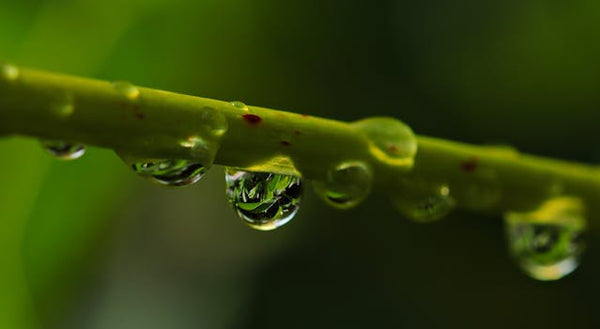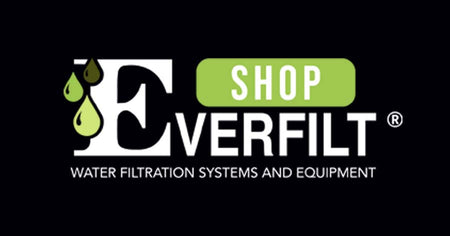
Drip Irrigation: A Complete Guide & FAQs
For sustainable agriculture and water conservation, drip irrigation shines as a game-changer. Unlike traditional watering methods that flood entire fields, drip irrigation delivers water directly to plant roots via a network of pipes, tubing, and emitters. This approach minimizes waste and maximizes efficiency, garnering praise for its ability to optimize water usage, increase crop yields, and foster robust plant growth. In this blog, we delve into the mechanics of drip irrigation, its benefits, and address common queries to aid in its effective implementation.
Understanding Drip Irrigation:
Drip irrigation, also known as trickle irrigation, involves the precise delivery of water to plant roots. This is achieved through a system of pipes, tubing, and emitters that release water slowly, ensuring it seeps directly into the soil surrounding the roots. Operating on low pressure, this system enables precise water distribution with minimal waste.
Advantages of Drip Irrigation:
- Water Efficiency: Drip irrigation significantly reduces water wastage by delivering water precisely where needed, minimizing evaporation and runoff.
- Enhanced Plant Health: Directly supplying water to the root zone promotes healthier plant growth and reduces the risk of diseases associated with overwatering.
- Nutrient Optimization: Drip systems can incorporate mechanisms for fertilization, ensuring plants receive a balanced supply of nutrients alongside water.
- Weed Control: By targeting water only at plant roots, drip irrigation helps suppress weed growth by depriving weeds of the moisture necessary for proliferation.
- Versatility: Drip irrigation can be tailored to various terrains, soil types, and crop layouts, making it suitable for diverse agricultural and horticultural applications.
FAQs About Drip Irrigation:
1. How does drip irrigation work?
Drip irrigation functions by delivering water directly to plant bases through a network of tubing and emitters, releasing water in controlled drips for gradual seepage into the soil.
2. Which crops are suitable for drip irrigation?
Drip irrigation suits a wide array of crops, particularly those requiring precise water management such as tomatoes, peppers, strawberries, and grapes, among others.
3. How does one design a drip irrigation system for their garden or farm?
Designing a drip irrigation system involves considering factors like water source, terrain, soil type, crop layout, and water requirements. Seeking guidance from agricultural experts or irrigation professionals ensures optimal design and efficiency.
4. What maintenance does a drip irrigation system require?
Regular maintenance is vital for optimal performance, including checking for clogged emitters, leaks, and tubing damage, as well as adjusting water flow and pressure as needed, and periodic flushing to remove debris and mineral buildup.
5. Is drip irrigation cost-effective?
Though initial investment costs may be higher, the long-term benefits in water savings, increased crop yields, and reduced labor costs often make drip irrigation a cost-effective choice.

Drip irrigation represents a significant advancement in agricultural technology, offering a sustainable solution to water scarcity while enhancing crop productivity. By delivering water precisely to plant roots with minimal waste, drip irrigation promotes efficient water usage, fosters plant health, and contributes to sustainable farming practices. With proper design, installation, and maintenance, drip irrigation systems have the potential to revolutionize agriculture and horticulture, ensuring a greener and more prosperous future.
